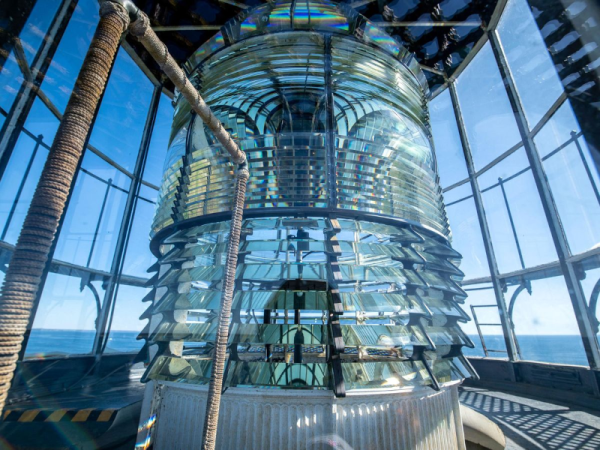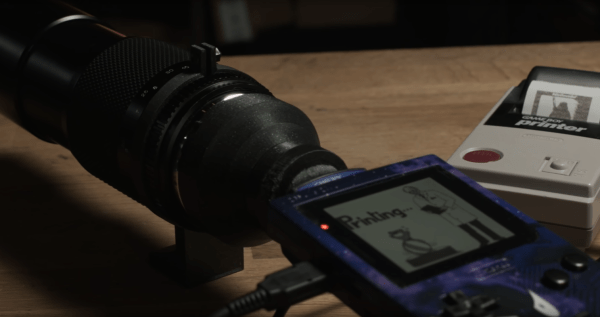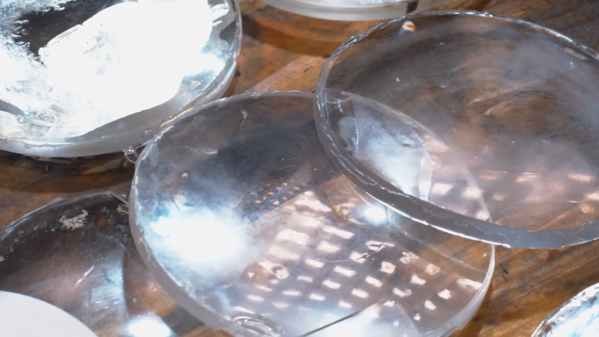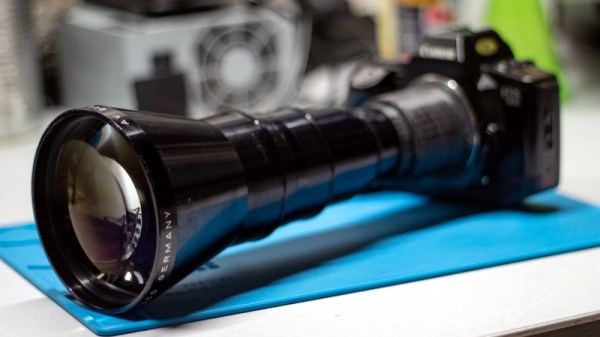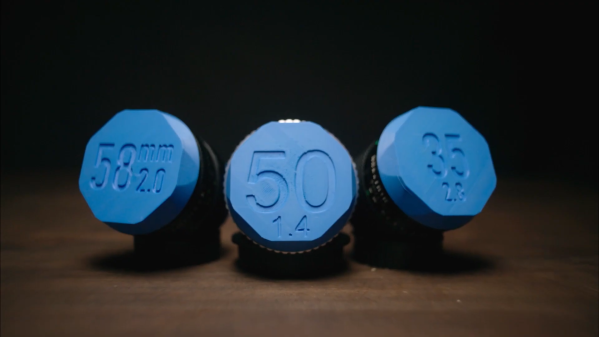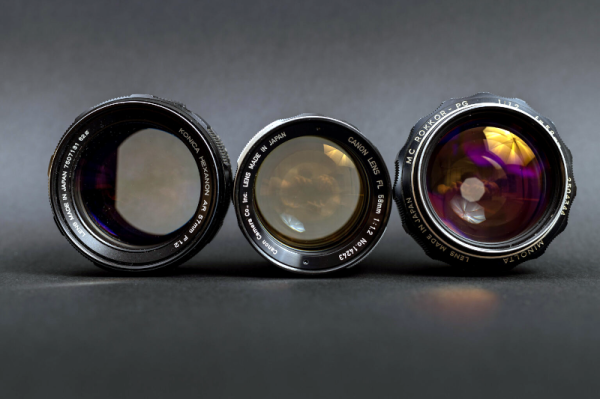You can’t argue with the results of large-format film cameras — picture the boxy bellows held by a cigar-chomping big-city press photographer of the 1940s — but they don’t really hold a candle to the usability and portability of even the earliest generations of 35mm cameras. And add in the ease-of-use features of later film and digital cameras, and something like a 4×5 Graflex seems like a real dinosaur.
Or maybe not. [Aleksi Koski] has built a large-format camera with autofocus, the “Conflict 45.” The problem with a lot of the large-format film cameras, which tend to be of a non-reflex optical design, is that it’s difficult or even impossible to see what you’re shooting through the lens. This makes focusing a bit of a guessing game, a problem that [Aleksi] addresses with his design. Sadly, the linked Petapixel article is basically devoid of technical details, but from what we can glean from it and the video below, the Conflict 45 is a 4″x5″ sheet-film camera that has a motorized lens board and a laser rangefinder. A short video has a through-viewfinder view showing an LCD overlay, which means there’s some kind of microcontroller on board as well, which is probably used for the calculations needed to compensate for parallax errors during close focusing, as well as other uses.
The camera is built from 3D printed parts; [Aleksi] says that this is just a prototype and that the finished camera will have a carbon-fiber body. We’d love to see more build details, but for now, we just love the idea of an easy-to-use large-format camera. Just maybe not that big.
Continue reading “Laser Brings Autofocus To Tricked-Out Large Format Film Camera”


